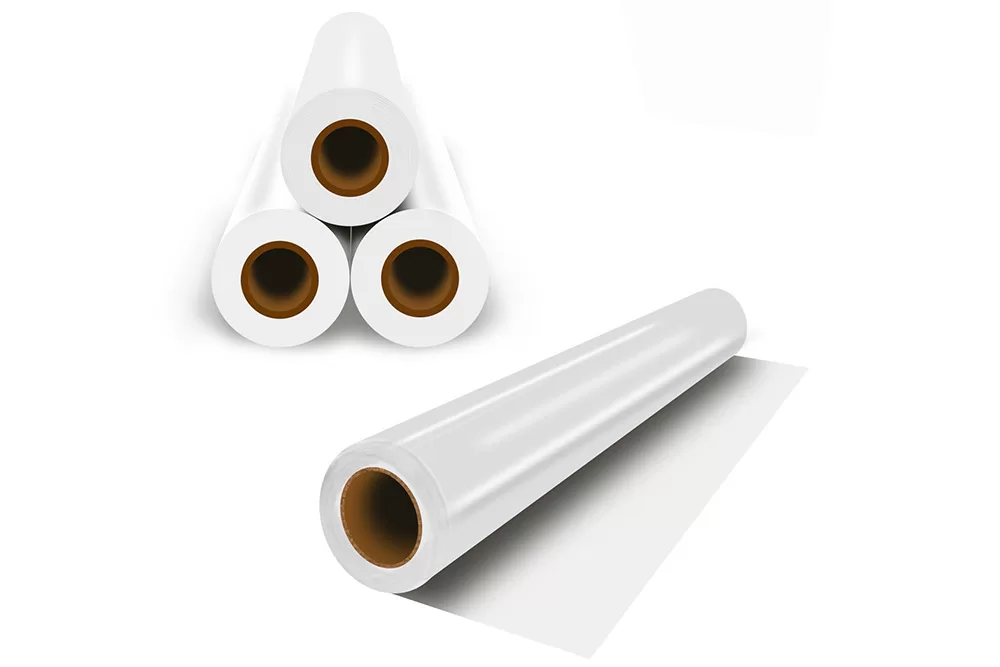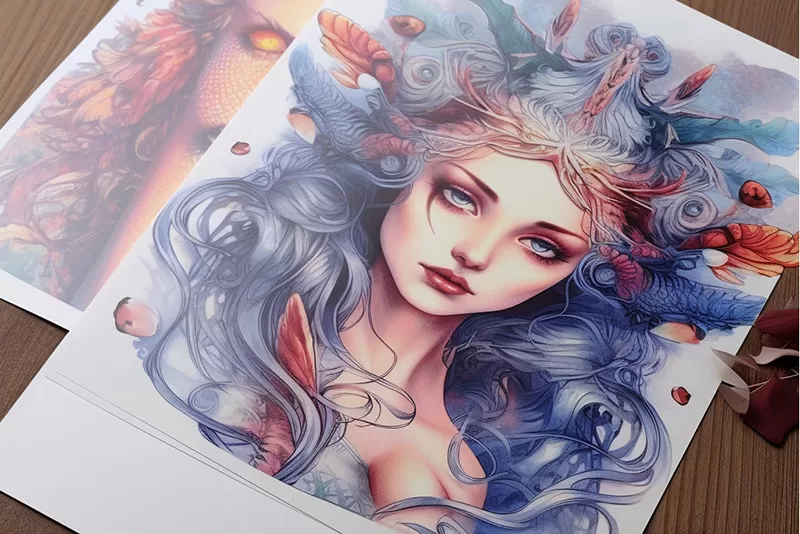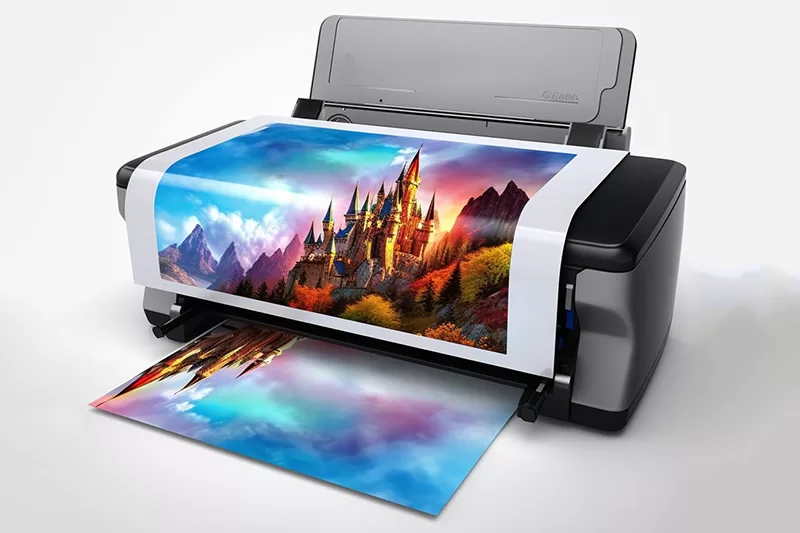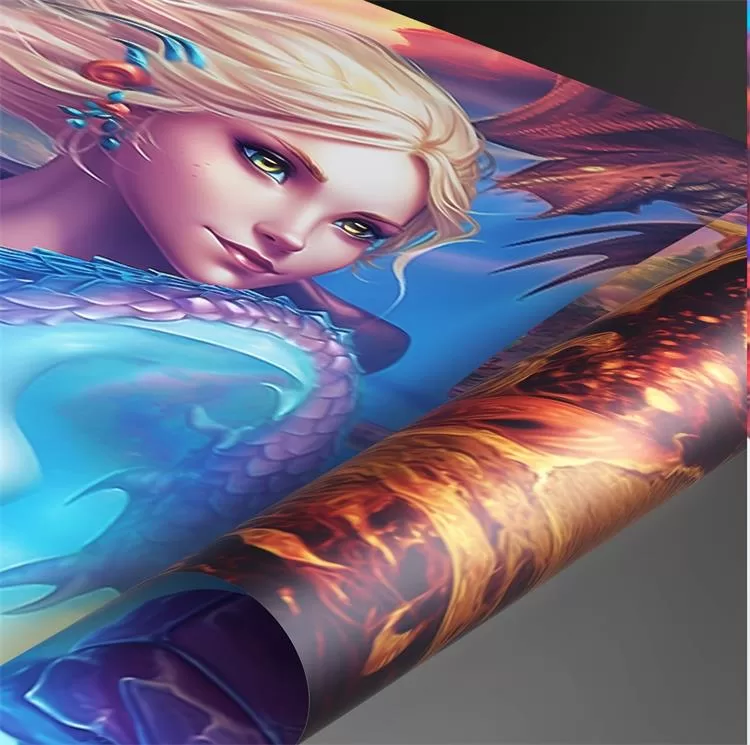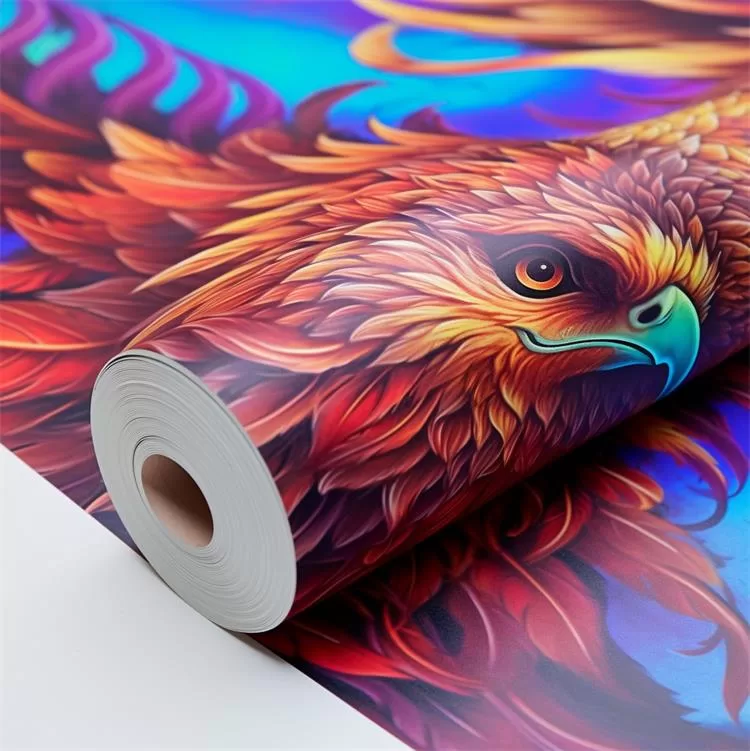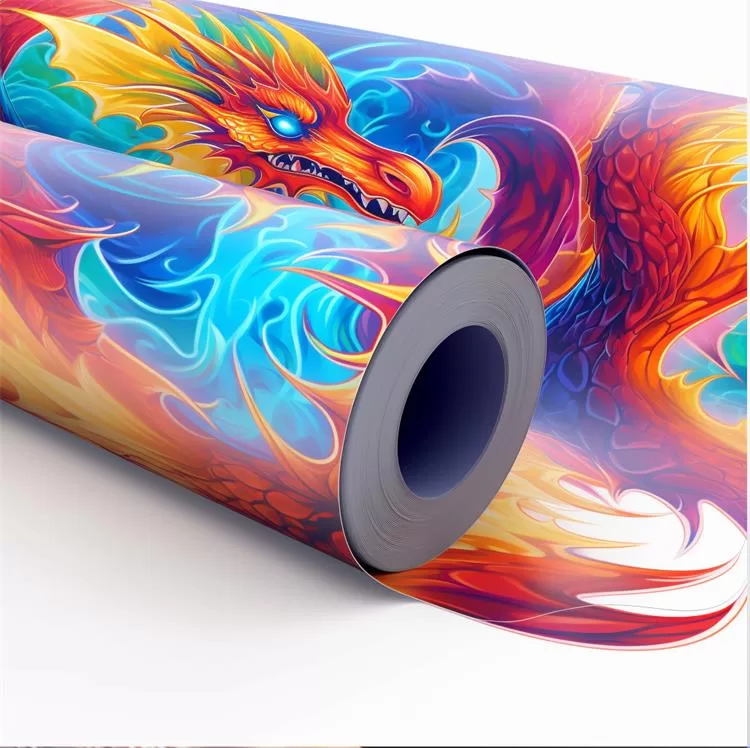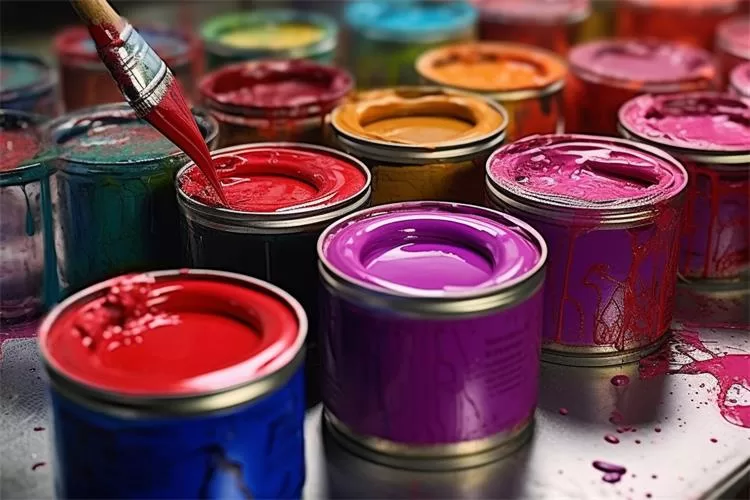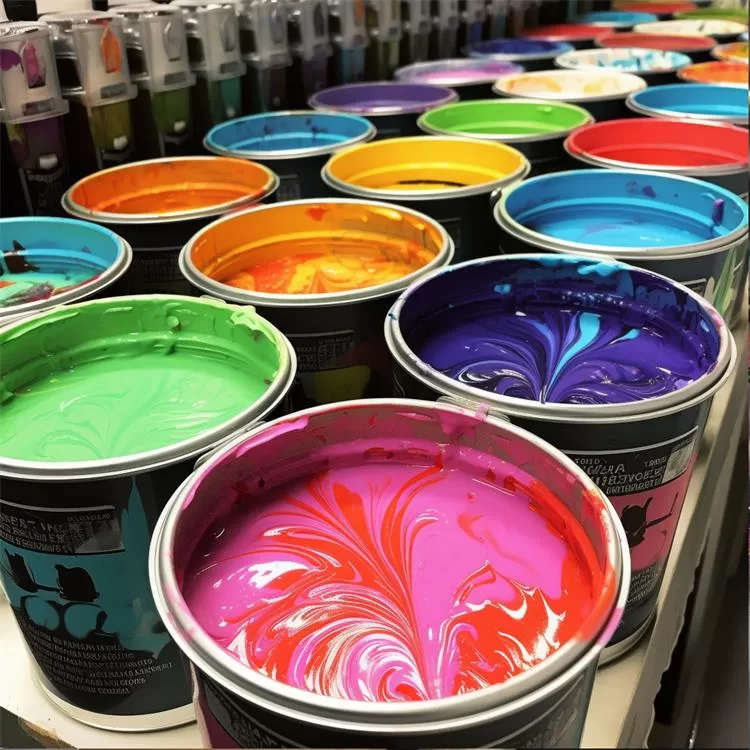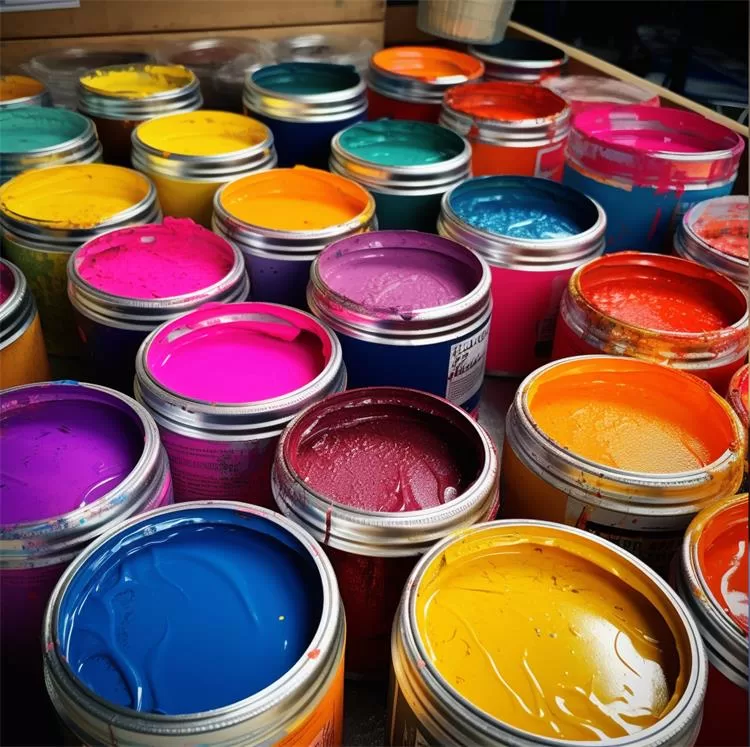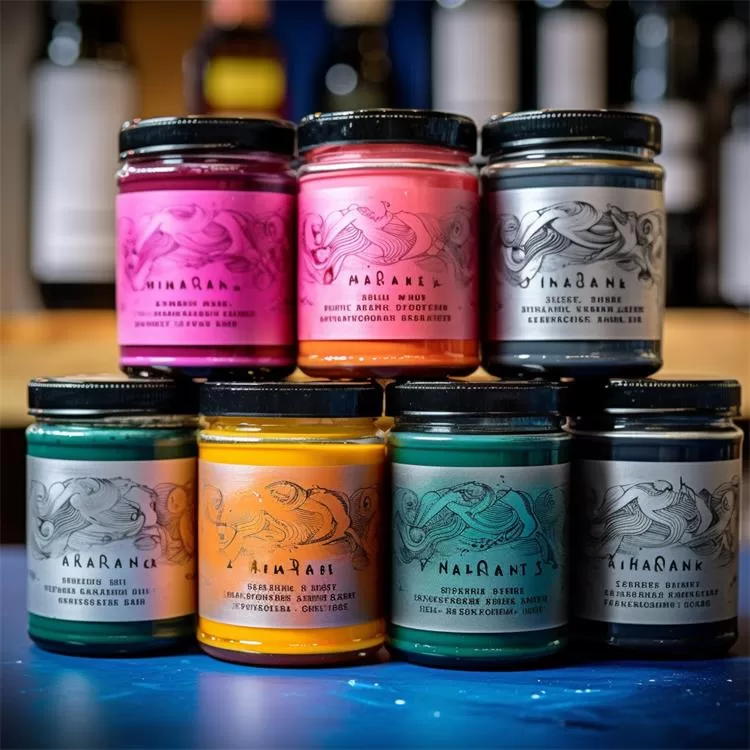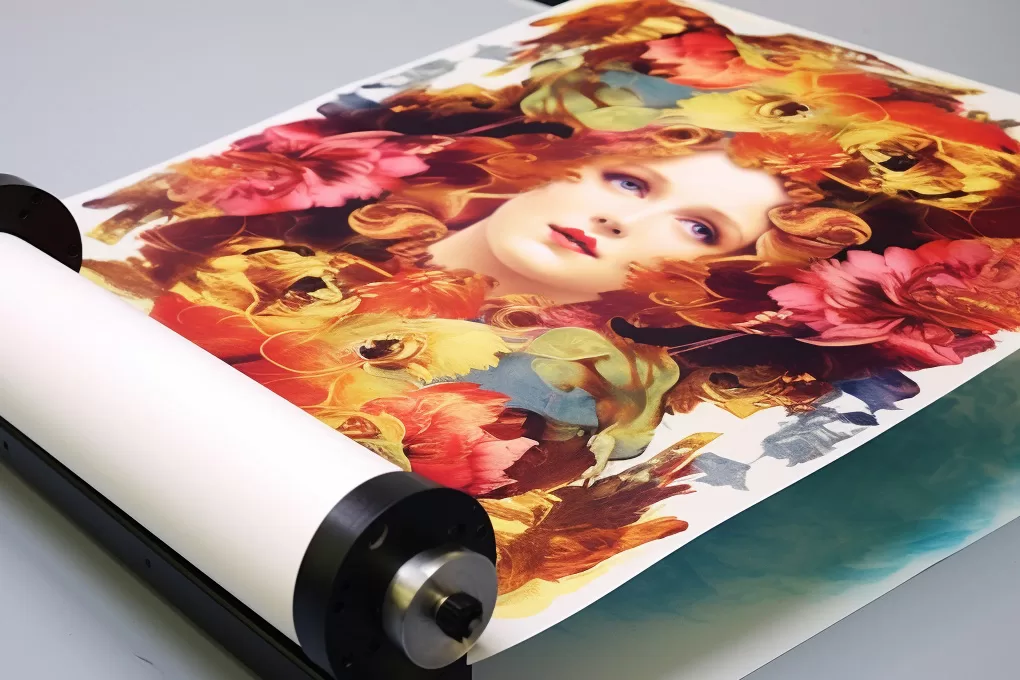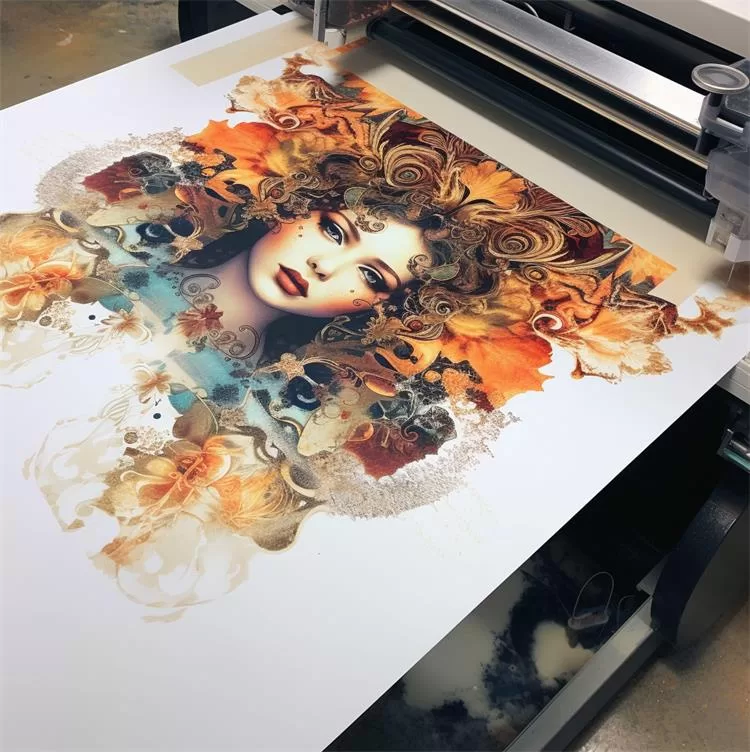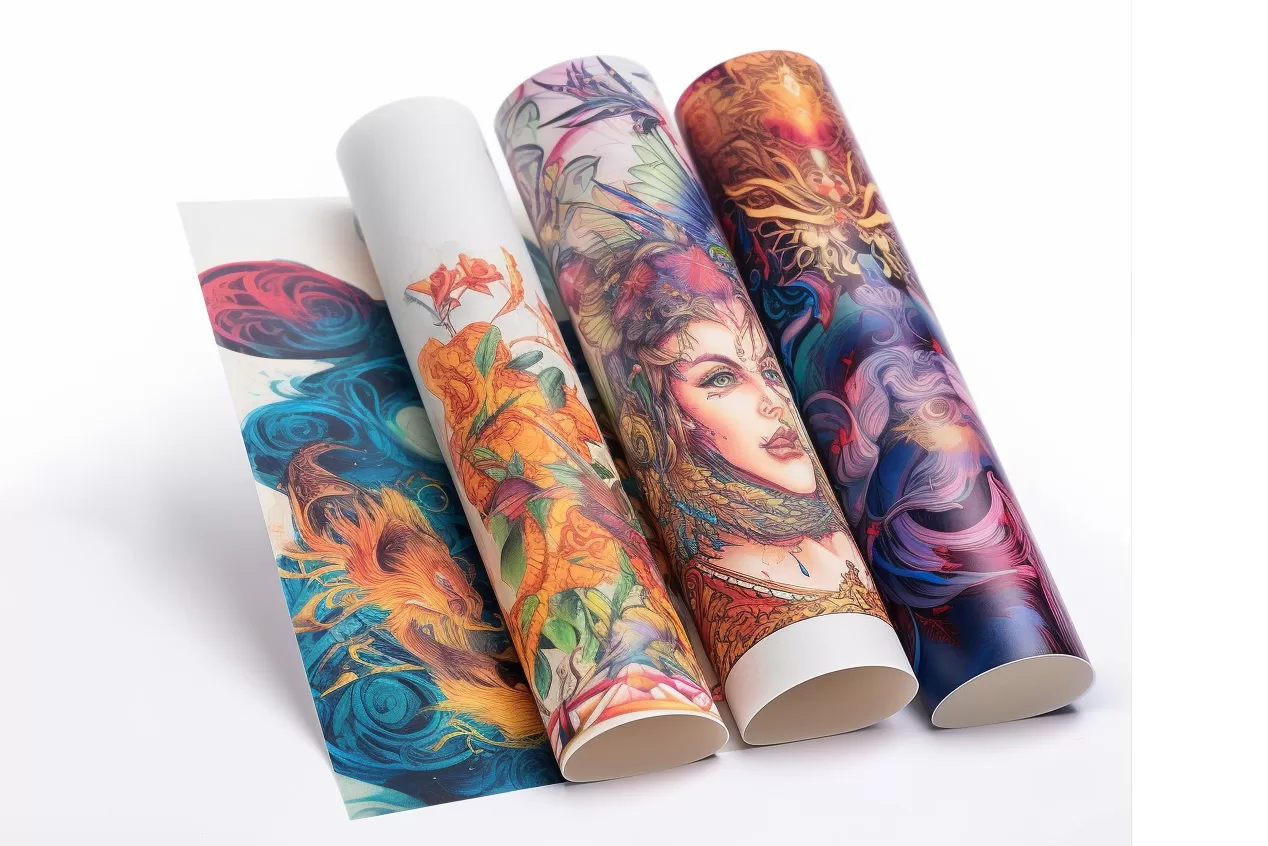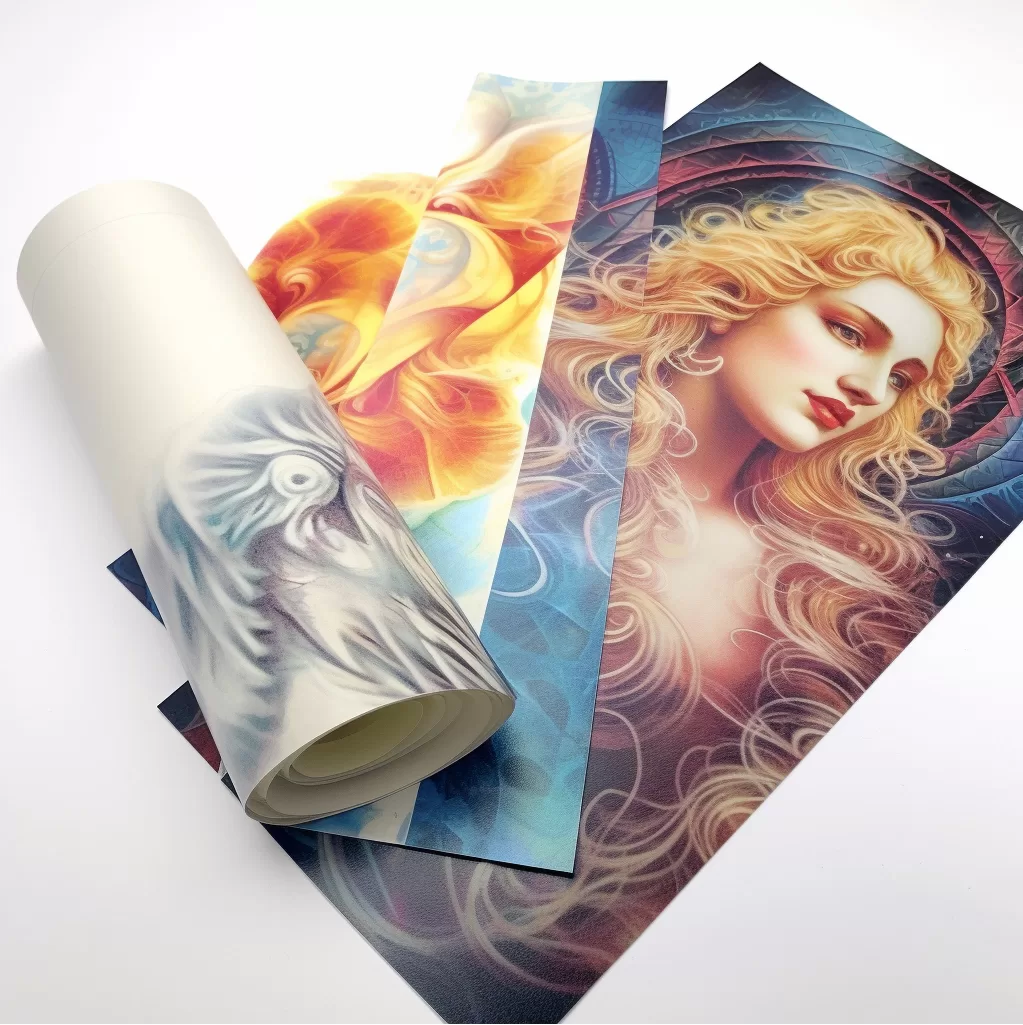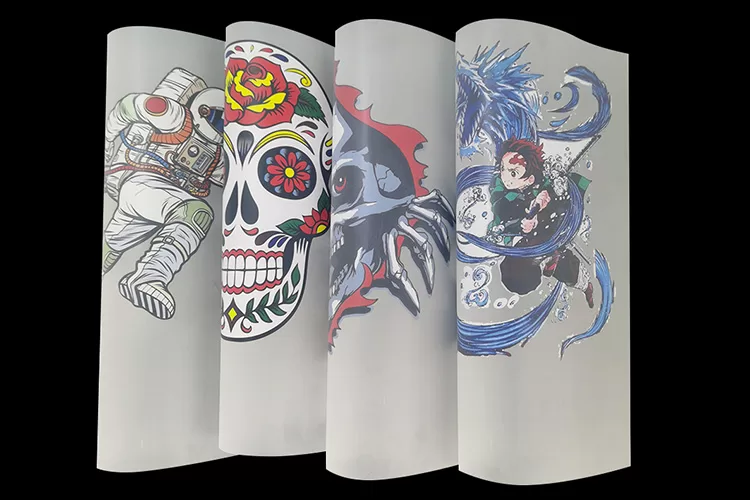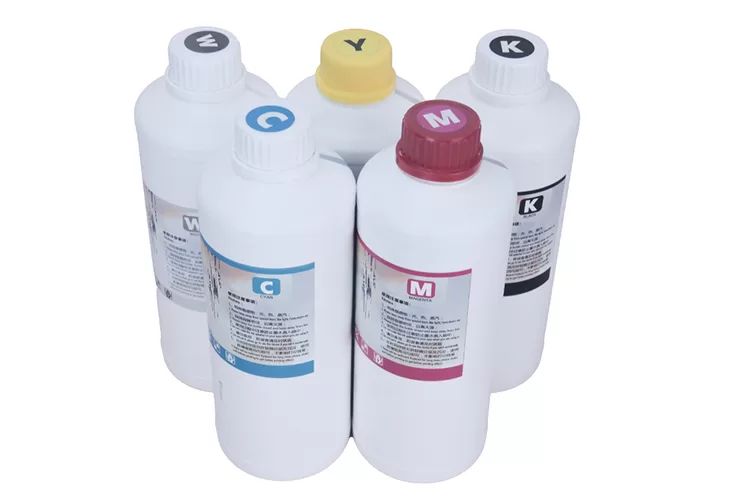Polyethylene terephthalate, commonly known as PET film, is a type of plastic film that is widely used in various industries. PET film is known for its excellent strength, durability, and transparency, making it a popular choice for packaging, labeling, and other applications. However, choosing the right PET film for your specific needs can be a daunting task, as there are many different types of PET film available on the market. In this article, we will provide a comprehensive guide to choosing the right PET film.
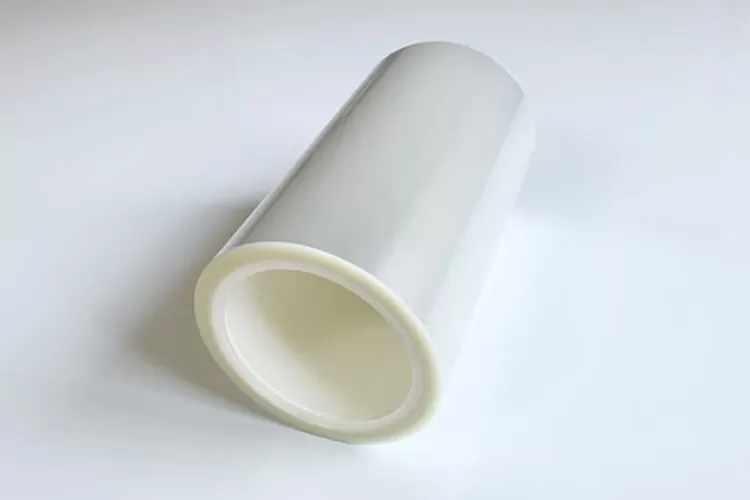
Understanding PET Film Properties
Before choosing a PET film, it is important to understand the properties of PET film. PET film is a thermoplastic material that is known for its excellent mechanical and thermal properties. PET film is also resistant to moisture, chemicals, and UV radiation, making it ideal for outdoor applications. PET film is available in a range of thicknesses, from thin films that are less than 0.25 mils thick to heavy-duty films that are more than 10 mils thick. PET film is also available in a range of colors, including clear, white, and colored films.
Choosing the Right Thickness
The first step in choosing the right PET film is to determine the required thickness for your application. The thickness of PET film is measured in mils, with one mil equaling 0.001 inches. The thickness of the PET film required will depend on the specific application. For example, thin PET films are ideal for applications where flexibility and conformability are required, such as label stock or flexible packaging. Thicker PET films are ideal for applications where strength and durability are required, such as electrical insulation or heavy-duty packaging.
Choosing the Right Coating
PET film can be coated with various materials to enhance its properties. The most common coatings for PET film are silicone, acrylic, and PVDC (polyvinylidene chloride). Silicone coating is used to improve the release properties of the film, making it ideal for applications such as label stock or release liners. Acrylic coating is used to improve the printability and adhesion of the film, making it ideal for applications such as graphic overlays or nameplates. PVDC coating is used to enhance the barrier properties of the film, making it ideal for applications such as food packaging or medical packaging.
Choosing the Right Surface Treatment
PET film can also be treated with various surface treatments to improve its properties. The most common surface treatments for PET film are corona treatment and chemical treatment. Corona treatment is a process where the surface of the film is exposed to a high-frequency electrical discharge, which creates a rough surface that improves the adhesion of inks, coatings, and adhesives. Chemical treatment is a process where the surface of the film is treated with chemicals to improve its surface properties, such as adhesion or printability.
Choosing the Right Color
PET film is available in a range of colors, including clear, white, and colored films. The choice of color will depend on the specific application. Clear films are ideal for applications where transparency is required, such as packaging or windows. White films are ideal for applications where opacity is required, such as labels or reflective insulation. Colored films are ideal for applications where aesthetics or branding are important, such as graphic overlays or decorative laminates.
Choosing the right PET film for your specific needs requires careful consideration of the properties of the film, thickness, coating, surface treatment, and color. By understanding the properties of PET film and the specific requirements of your application, you can make an informed decision and choose the right PET film that will meet your needs and deliver the desired performance.

